A positive point charge is placed (on the axis of the disc) at a distance of above the center of a disc of radius as shown in situation The magnitude of electric flux through the disc is Now, a hemispherical shell of a radius is placed over the disc such that it forms a closed surface as shown in situation The flux through the curved surface in the situation taking direction of area vector along outward normal as positive is
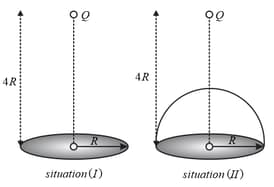

Important Questions on Electrostatics
The black shapes in the figure below are closed surfaces. The electric field lines are in red. For which case, the net flux through the surfaces is non-zero?

A charge is placed at one corner of a cube as shown in figure. The flux of electrostatic field through the shaded area is:
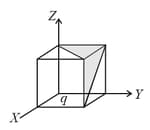
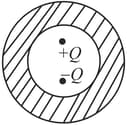
Choose the correct alternative , , or for each of the questions given below
A closed surface in vacuum encloses charges and . The total electric flux emerging out of the surface is
[use in unit]
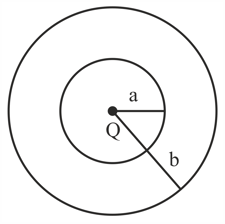
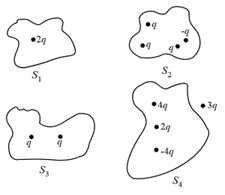
Let the respective electric fluxes through the surfaces be and . Then:
for
for .
does not depend on x and y. If this potential is generated by a constant charge per unit volume (in units of ) which is spread over a certain region, then choose the correct statement.
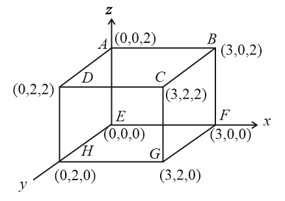
A point charge is placed at the corner of a cube of side as shown in the figure. What is the electric flux through the face ?


